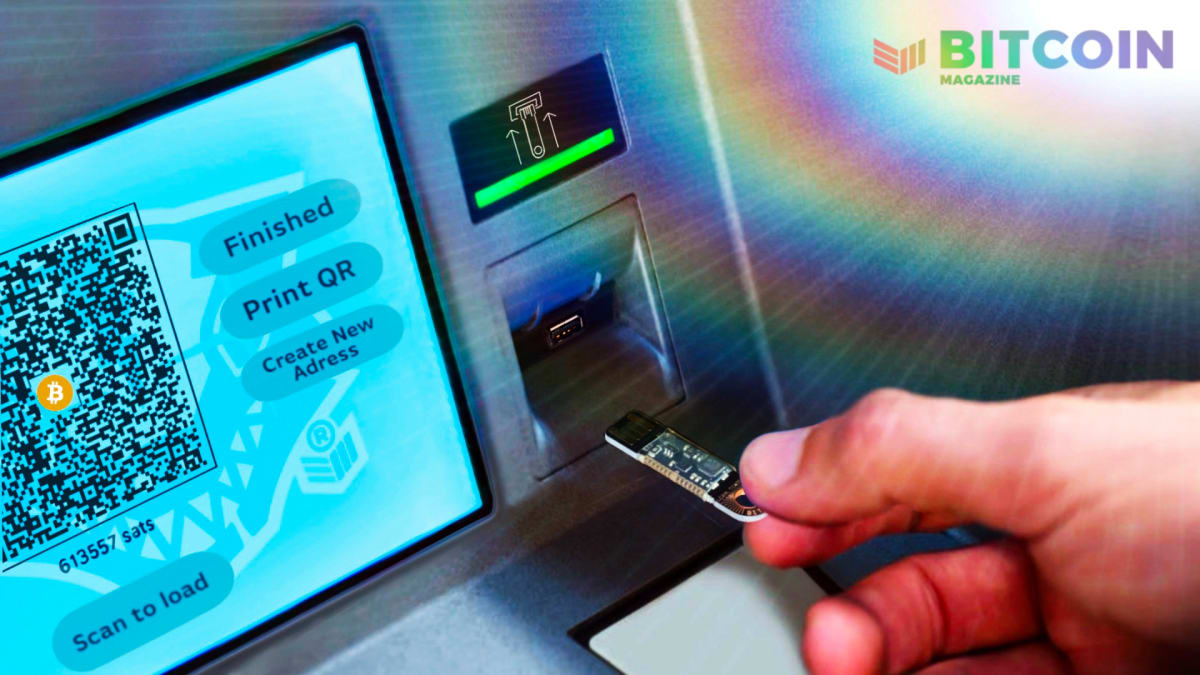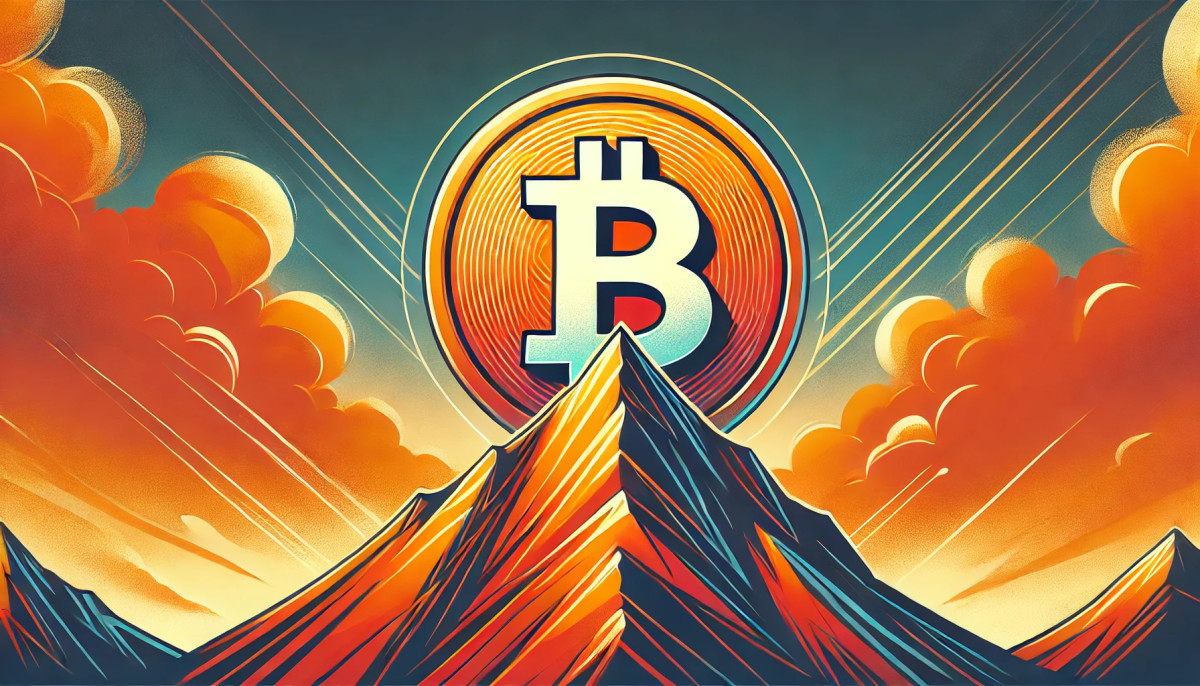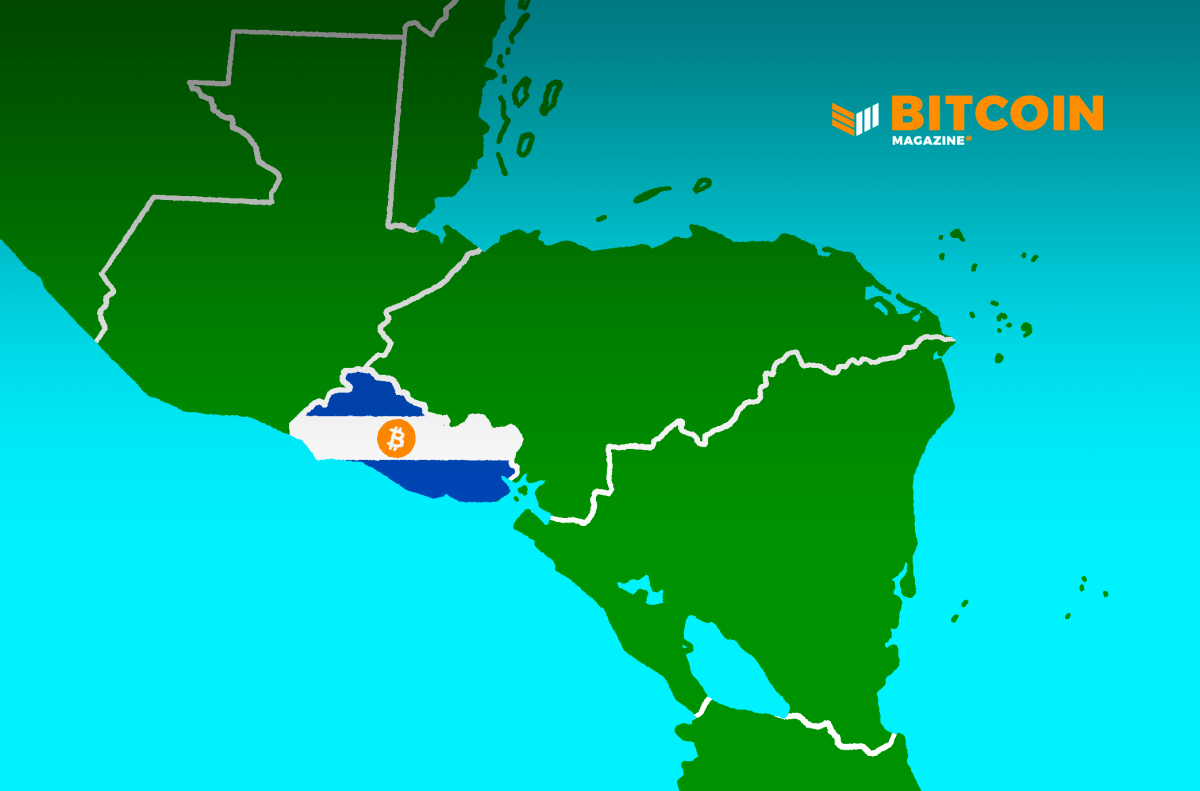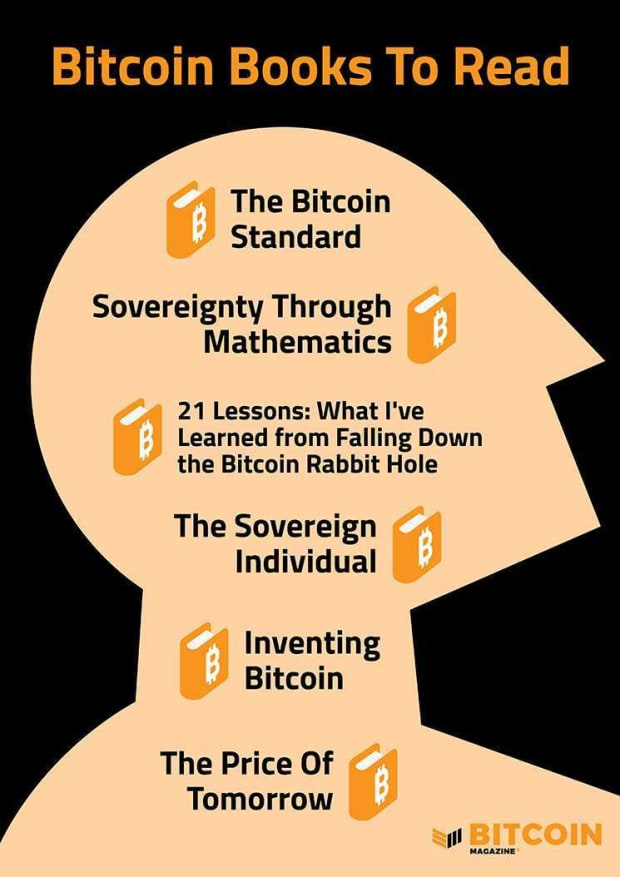In August 2017, Blockstream made an unprecedented and invaluable contribution to Bitcoin by starting a free satellite service that streams the Bitcoin blockchain from space, with coverage including Africa, Europe, South America and North America. A little over a year later, the Canadian company extended the scope of its one-way Bitcoin blockchain broadcasting by including the Asia-Pacific region.
Contrary to popular misconception, Blockstream did not launch its own satellites to enable transaction broadcasting in space and thereby extend Bitcoin’s censorship resistance. Rather, as confirmed by Blockstream engineer Grubles, the company leases existing satellite bandwidth from third parties for the Blockstream Satellite network.
“We use leased bandwidth on commercial geosynchronous satellites to provide the Blockstream Satellite service,” he told Bitcoin Magazine.
Grubles, best known for practical experimentation with mesh antennae and offline Bitcoin transactions, also clarified that the current number of satellites in this network amounts to four.
The Blockstream Satellites, Censorship Resistance and Privacy
As the native currency of the internet, bitcoin requires a stable network connection in order to synchronize a full node with the latest activity on the blockchain and broadcast new transactions. In some cases though, internet access is a luxury — and the reasons for that vary from government censorship to lack of infrastructure in rural areas.
Blockstream’s satellites help solve this issue by empowering anyone who can install a mesh antenna (the type that is also used for televisions) to participate in the global Bitcoin network.
“Being able to access the Bitcoin blockchain data is important if you want to use Bitcoin to its fullest extent: being able to verify blocks and transactions yourself instead of trusting others to do it for you,” explained Grubles. “Many people are unable to access the internet in general, so now they can use the free satellite service to sync a fully validating Bitcoin node using cheap, widely available satellite TV hardware.”
However, being able to bypass political censorship or technical limitations imposed by geographical positioning is definitely not enough to guarantee censorship resistance. In the absence of privacy, there may be places around the world where connecting to the Bitcoin network triggers sanctions and even physical uses of force. Therefore, a degree of plausible deniability is required in order to prevent users from being targeted, and thus enhance their censorship resistance.
The Blockstream satellites can address this issue if Bitcoiners use them as one-way communication tools whose broadcasting is completely passive (with the users only receiving a signal).
“If there are no broadcasts back to the satellites, then it’s nearly impossible to determine if someone is using their satellite dish to watch HBO or to download Bitcoin blocks, transactions and Satellite API data,” Grubles said.
The Killer App for Blockstream Satellite
Building on the power of running Bitcoin off the planet, Grubles offered two satellite use cases that he regards as “killer apps.”
“Using the Satellite API to broadcast messages to everyone in the coverage area and, of course, the ability to keep a Bitcoin node in sync,” he said.
The messaging use case is certainly useful and capable of empowering sovereignty, even outside of Bitcoin, as anyone who installs a mesh antenna can receive broadcast messages while avoiding censorship. In receive-only cases, communication embargoes such as the Great Firewall of China or restrictions in North Korea can be circumvented without putting citizens at great risk — all through commonly accessible means. For instance, Bitcoiner SafetyFirst is known for broadcasting news headlines through the Blockstream Satellite network that people living under strict regimes can intercept.
On the other hand, sending messages to the Blockstream satellites is definitely dangerous and should be avoided by those who live under oppressive regimes. While receiving satellite signals is fairly common, sending messages to a satellite is definitely the kind of network activity that won’t fly under the radar. Nonetheless, it’s still a powerful tool for free speech that rivals the likes of Radio Free Europe — which used to air anti-communist propaganda in Warsaw Pact countries during the Cold War.
As noted by Grubles, syncing a Bitcoin node is the other essential use case for the Blockstream satellites. The fact that anyone who owns a satellite TV dish and a small computer (like a laptop or even a Raspberry Pi) is able to connect to the Bitcoin network and download the blockchain information is empowering and reassuring for Bitcoiners worldwide.
This means that Bitcoin’s reach around the world no longer relies on the benevolence of an internet service provider, government or transnational corporation. The fact that the satellite access is free (though you still need an antenna and computer) and permissionless on a worldwide scale only increases the sovereignty factor of Bitcoin and boosts the network’s resilience.
Though rapidly working on an infrastructure that increases censorship resistance, Grubles doesn’t seem worried that governments will be banning Bitcoin anytime soon.
“It’s certainly possible, but I think it’s unlikely to happen,” he said. “However, it’s always best to be proactive and build infrastructure to not have to completely rely on the current system, just in case that were to occur.”
Of course, that’s exactly what Grubles and the Blockstream team are doing in outer space.
The post The Blockstream Satellite Network: Maintaining Bitcoin Sovereignty in Space appeared first on Bitcoin Magazine.









